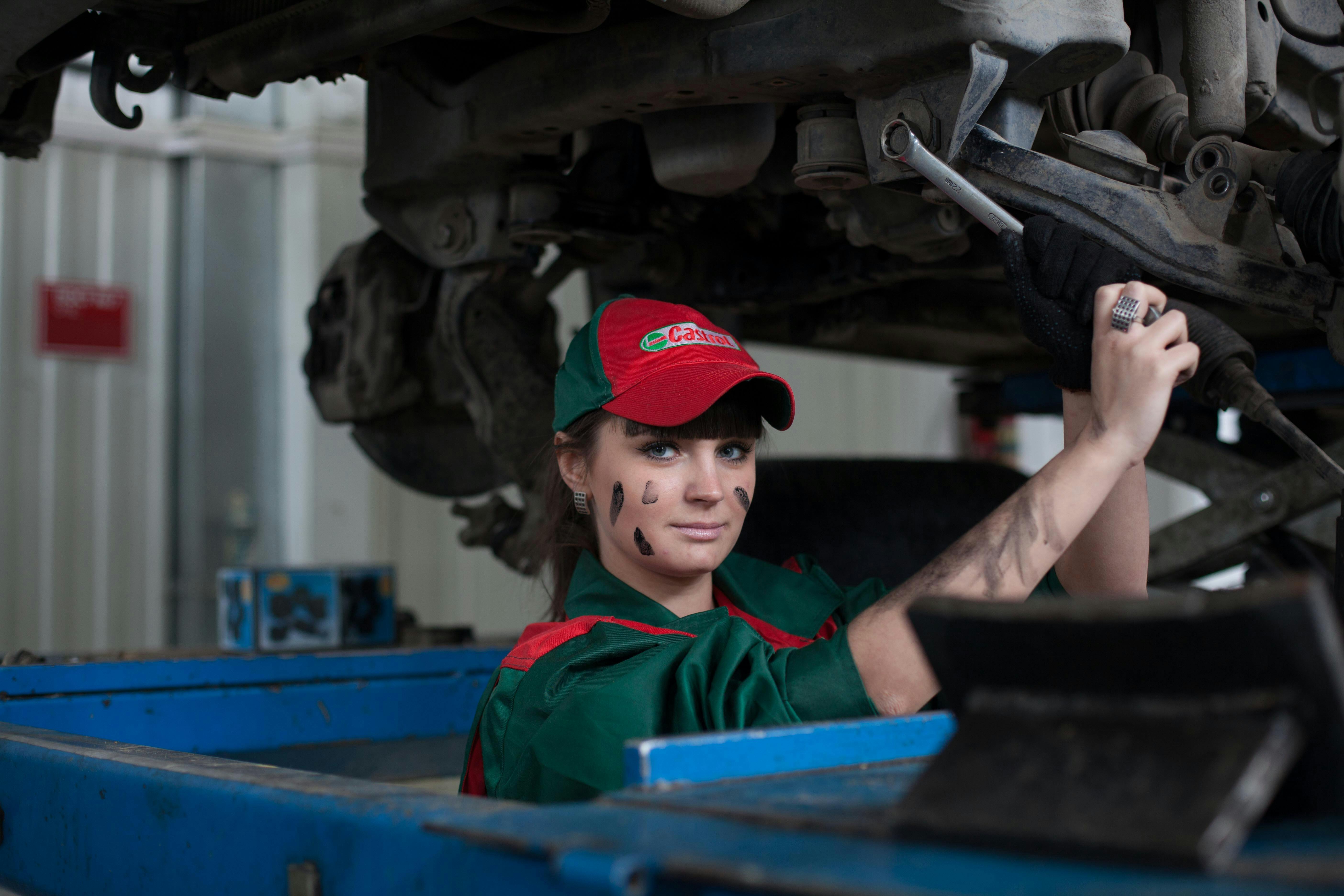Fractional distillation is a process that is used to separate crude oil into different hydrocarbon components, also known as fractions. This process involves heating the oil to vaporize it and then cooling it rapidly in order to condense the vaporized oil. The cooled vapor condenses and separates into different fractions with different boiling points. This allows for the separation of various hydrocarbon fractions such as gasoline, diesel, and kerosene from crude oil. Fractional distillation is an important part of the refining process for crude oil and can help to produce a variety of useful products from petroleum.Fractional distillation is a technique used in chemistry to separate a mixture of two or more liquids with different boiling points. This process works by heating the mixture and collecting the vapors that come off, which are then condensed back into liquid form. The different compounds in the mixture will have different boiling points, so as the temperature increases, each compound will vaporize at its own unique temperature and can be collected separately.
Fractional Distillation of Crude Oil
Fractional distillation of crude oil is the process of separating crude oil into its different components. This is done by heating the crude oil, which causes it to vaporize. The vapors are then cooled and condensed into a liquid state, where different components can be separated. The resulting products are called fractions, which can then be further processed into more useful products. Fractional distillation is used to produce gasoline, diesel fuel, kerosene, and other fuels. It is also used to produce lubricants and waxes.
The fractional distillation process begins by heating the crude oil in a fractionating column. As the oil heats up, it breaks down into its various components, each with a different boiling point. These components are separated as they rise up through the column due to their different densities and boiling points. At the top of the column, the vapors are cooled and condensed back into a liquid form.
The resulting fractions are collected at each step in the process, with heavier hydrocarbons collecting at the bottom of the column and lighter
Steps of Fractional Distillation
Fractional distillation is a common method used to separate mixtures of liquids. It is based on the principle that the components of a mixture will vaporize at different temperatures, allowing them to be separated from one another. The steps of fractional distillation are as follows:
Step 1: Heat the mixture. The mixture is heated until at least one component begins to vaporize. A condenser and an apparatus known as a fractionating column are attached to the flask containing the mixture.
Step 2: Vaporization and condensation. As the heated mixture begins to vaporize, it rises up through the fractionating column and cools as it goes. This causes some of the components in the mixture to condense and fall back down into the flask.
Step 3: Separation of components. As more components in the mixture begin to vaporize, they travel further up into the fractionating column and condense at different levels, effectively separating them out from one another.
Step 4: Collection of fractions. As each component cond
What Is The Role Of Heat In Fractional Distillation?
Heat plays an important role in fractional distillation, as it helps to vaporize and separate components within a mixture. Temperature affects the vapor pressure of each component in the mixture, which in turn can affect how quickly each component will be driven off. As the temperature of the mixture increases, the vapor pressure of each component also increases. This allows for better separation of components with different boiling points. When a mixture is heated, the more volatile components will be driven off first, followed by the less volatile components at higher temperatures.
Fractional distillation is a process that relies on heat to separate components from a mixture based on their boiling point. By heating up the mixture and controlling the temperature, it is possible to create an environment where different compounds can be separated as they boil off at different temperatures. During fractional distillation, heat is applied to a liquid mixture through a distilling flask or other vessel and then passed through a condenser. This allows for vapors of various compounds within the liquid to evaporate one by one as they reach their individual boiling points. As these vapors pass through the condenser
Fractional Distillation
Fractional distillation is a method of separating the components of a mixture through their differences in boiling point. The process involves heating the mixture to a temperature where one or more of its components will vaporize, then cooling the vapors so that they condense. This process is used to purify a wide variety of substances, from fuels to essential oils. The results of fractional distillation depend on the components of the original mixture and the temperatures used during the process.
When it comes to separating components with similar boiling points, fractional distillation can be more effective than simple distillation. This is because fractional distillation involves multiple steps, each one occurring at different temperatures. As a result, each component vaporizes and condenses at its own boiling point, allowing for better separation between them.
The end result of fractional distillation is typically two or more fractions that are relatively pure compared to the original mixture. The fractions can be collected and further purified if needed. Depending on the original mixture and how it was processed, there may also be some residual material that did not completely

Crude Oil and Refining Through Fractional Distillation
Crude oil is a naturally occurring substance made up of hydrocarbons, which are complex molecules containing hydrogen and carbon. Crude oil is refined through a process known as fractional distillation, whereby the crude oil is heated at different temperatures to separate out its various components. The components are then further refined into various products such as gasoline, diesel fuel, kerosene, and many other products. The boiling points of these fractions vary greatly depending on the type of crude oil and the refining process used.
Fractional distillation relies on the fact that each component of crude oil has a different boiling point at which it vaporizes. As the temperature increases, those components with lower boiling points will evaporate first followed by those with higher boiling points. This allows the refiner to selectively refine each component into its own product. Each fraction can then be further processed to create a wide range of end-products for use in industry and everyday life.
The composition of crude oil varies greatly from one source to another, so it is important for refiners to
Pressure Affecting Refining Through Fractional Distillation
The process of fractional distillation is used to refine petroleum and other hydrocarbon-based substances. It involves the separation of different components of a liquid mixture by boiling them at different temperatures. Pressure plays an important role in this process, as it affects the boiling points of the components, which can influence the rate and efficiency of the distillation process.
At a higher pressure, the boiling point of each component will be lower than it would be at a lower pressure. This means that the components can be separated at lower temperatures, making it easier to produce a desired product. On the other hand, when working at higher pressures, care must be taken to ensure that none of the components boil off too quickly or too slowly.
In addition to affecting boiling points, pressure can also affect how quickly vapors move through a fractional distillation column. The higher the pressure inside a column is, the faster vapors will travel through it. This can increase efficiency by allowing for faster separations between different fractions in a single pass through a column. However, if pressures are too high, this could cause issues with heat transfer
By-Products Produced During Fractional Distillation of Crude Oil
Fractional distillation of crude oil is an important process in the refining of petroleum. This process involves the separation of different components of crude oil according to their boiling points. During fractional distillation, there are a number of by-products which are produced as a result of the chemical reactions that take place during the process. These by-products can be broadly classified into four categories: light gases, naphtha, gas oils and residuum.
Light gases are the lightest fractions which are produced during fractional distillation and include propane, butane and ethane. These gases are used as fuel in homes, industries and motor vehicles. Naphtha is a liquid hydrocarbon which has a wide range of uses including as a fuel for jet engines, gasoline blending and solvent production. Gas oils are heavier fractions which can be further refined into diesel fuel and heating oil. Residuum is the heaviest fraction which is produced during this process and is usually used to produce lubricating oils or asphalt.
In addition to these main products,

Conclusion
Fractional distillation is a process used to separate the various components of crude oil. This is done by heating and cooling the oil until it vaporizes, then allowing the resulting vapors to condense into separate components. The process can be repeated multiple times, allowing for the separation of different types of hydrocarbons from each other. This is an important step in the production of gasoline, diesel fuel, and other petroleum products. By fractionally distilling crude oil, we are able to produce quality products that are used in a variety of applications around the world.
Overall, fractional distillation is an important process that has allowed us to make use of many of the benefits that crude oil provides. By understanding how this process works and its importance in producing usable petroleum products, we can better appreciate all that it offers us today.

